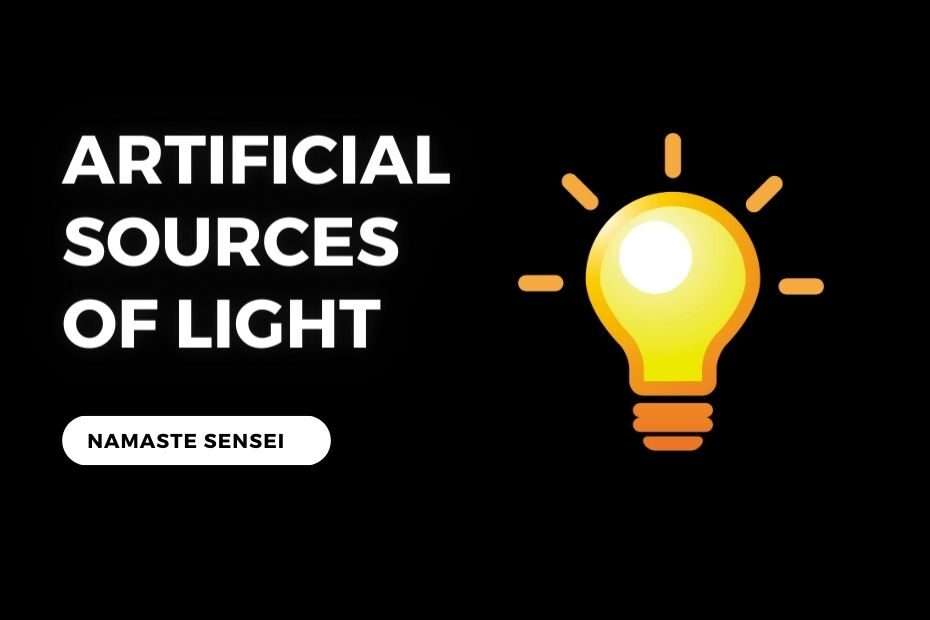Artificial Sources of light With Examples in daily life
When it comes to artificial sources of light, there is a vast array of options to choose from. Examples of artificial light include light bulbs, flashlights, and LEDs. Artificial light sources provide us with the illumination we need in our homes, businesses, and other locations.
Understanding how these sources of light work, and why we need them, is essential to make the best lighting choices. In this blog post, we will explore examples of artificial sources of light, how they work, and why we need them.
How do artificial sources of light work?
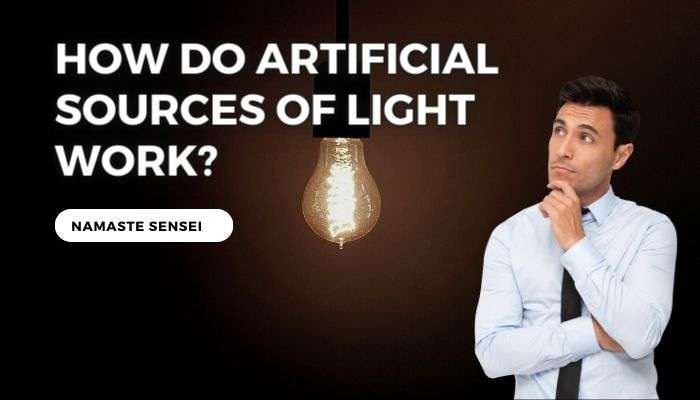
These sources are created to mimic the properties of natural sunlight. Artificial sources of light typically use an electric current to activate a gas or chemical reaction which produces visible light. These sources can be used to illuminate our homes, workplaces, and other areas where natural sunlight is not available.
Artificial light sources can be broken down into two main categories; incandescent bulbs, which use a heated filament to produce light, and fluorescent bulbs, which use an electric current to excite gases to produce light.
Examples include lightbulbs, fluorescent lighting, halogen lamps, LEDs, sodium vapor lamps, neon signs, and more.
As technology has advanced, more efficient sources have been created, such as LEDs which are now widely used for both residential and commercial applications.
Why do we need artificial sources of light?
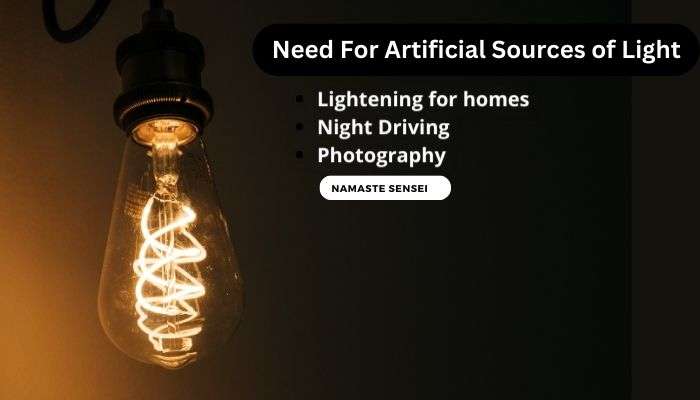
They are used for a variety of applications, from providing general lighting for homes and businesses to specialized purposes such as lighting for night driving and photography. They are also used in many industrial settings where there is a need for extra illumination.
The use of artificial lighting also helps to create a more comfortable environment in terms of temperature, brightness, and color, allowing people to be more productive during the day or night. Additionally, artificial sources of light can help to improve safety by providing better visibility in low-light environments, such as in parking lots or alleyways.
|
Conclusion: Overall, they can have numerous benefits and are becoming increasingly popular. They provide improved energy efficiency and can help to create a more comfortable working or living environment. Furthermore, they can help to improve safety in low-light areas and can even help to reduce the reliance on natural sunlight. For these reasons, examples of artificial sources of light are becoming increasingly common in many homes and businesses. |
Different types of artificial sources of light Examples in daily life
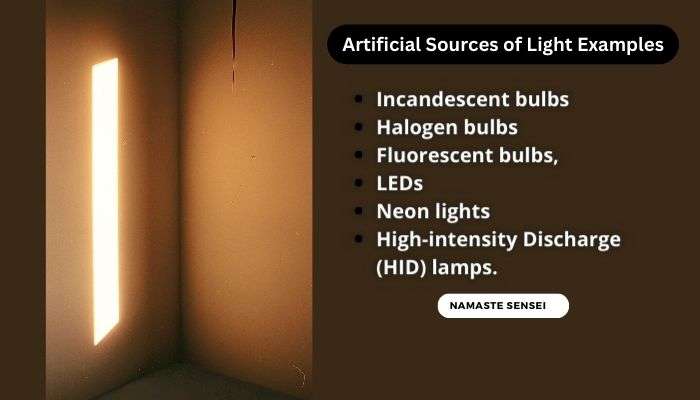
Examples include incandescent bulbs, halogen bulbs, fluorescent bulbs, LEDs, neon lights, and high-intensity discharge (HID) lamps.
Incandescent Light Bulb
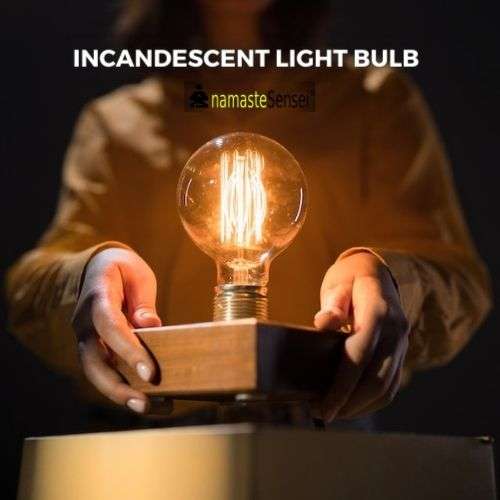
The most common example of an artificial source of light is the incandescent light bulb. This bulb works by passing an electric current through a thin wire filament, which causes the filament to heat up and emit visible light. Other popular examples include fluorescent lamps, LED lights, and halogen lamps.
Fluorescent lamps use electricity to activate a chemical reaction between mercury and argon, which produces ultraviolet radiation. This radiation is then converted into visible light using a phosphor coating on the inside of the lamp.
Light Emitting Diode (LED)
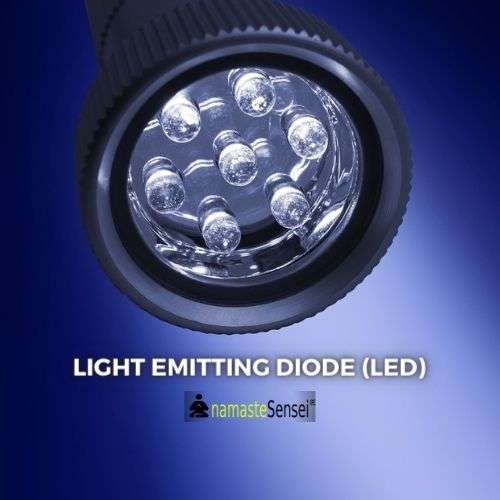
LEDs are much more efficient than other types of artificial lighting, as they convert up to 90% of their energy into visible light. LEDs work by passing electricity through a semiconductor material which produces photons – particles of light. These photons are then emitted in all directions, making them perfect for illuminating specific areas such as pathways or driveways.
Halogen Lamps
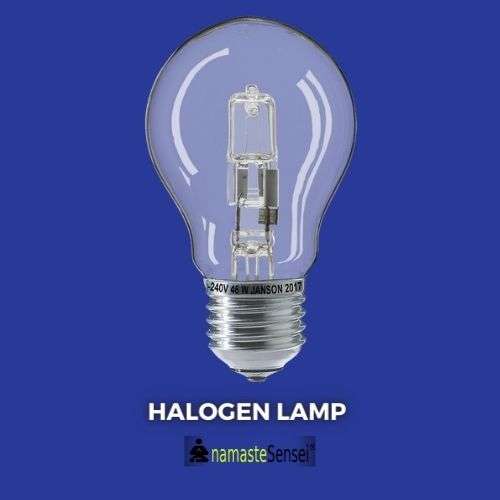
Finally, halogen lamps are a type of incandescent lamp that uses halogen gas to produce a brighter, whiter light. Halogen lamps are usually used in car headlights and spotlights, as they generate a powerful beam of focused light that can reach far distances.
neon lights
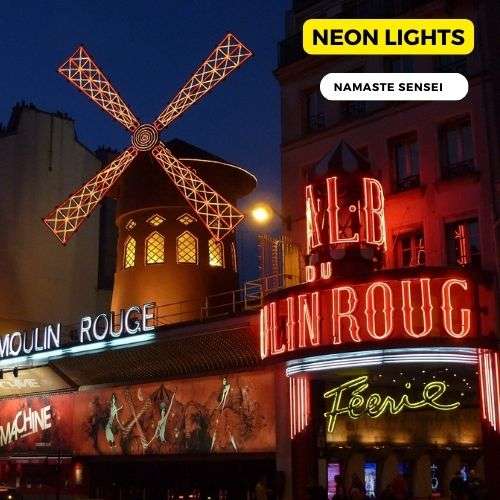
Neon lights are glowing tubes filled with a gas composed of neon or another noble gas, usually argon or helium. When electricity passes through the gas, it causes the gas to glow brightly.
Neon lights are typically red or orange in color, but they can be found in a variety of colors. The glass tube that the gas is contained in is bent into various shapes and forms to create various signs and designs.
They are popularly used as decorations, especially in commercial spaces. Neon lights are extremely energy efficient, lasting up to 100,000 hours. They also generate very little heat, making them a great choice for businesses or homes looking to save on energy costs.
Fluorescent lights
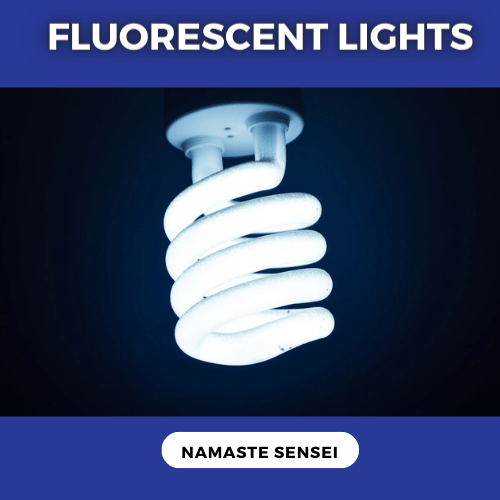
Fluorescent lights are a type of artificial lighting that uses an electrical discharge to excite mercury vapor, creating visible light. This type of lighting is often used in commercial buildings and offices due to its long life span and efficiency.
Fluorescent lights are available in several different colors and can be used for accent lighting, task lighting, or general lighting.
They are usually more energy efficient than other types of artificial lighting, making them a popular choice for conserving energy. In addition, fluorescent lights emit very little heat, reducing the need for cooling systems in buildings.
High-Intensity discharge (HID) lamps
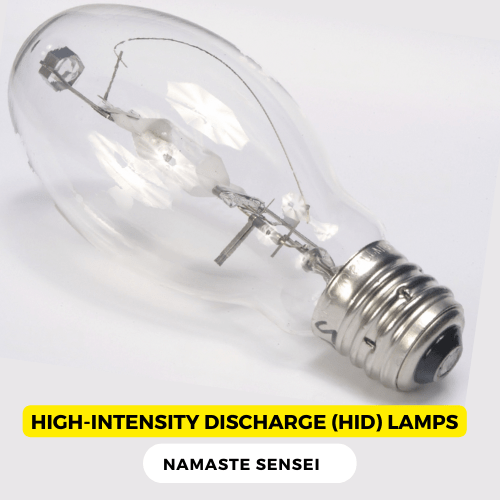
High-intensity discharge (HID) lamps are a form of artificial lighting that is often used for outdoor lighting applications, such as street lights, parking lots, and sporting venues. HID lamps produce an intense white light that is much brighter than traditional incandescent bulbs.
They are also more efficient, which means they use less electricity to produce the same amount of light. HID lamps contain a capsule filled with gas and metal halides, and the electric current passing through the capsule causes the gas to become ionized and emit light.
HID lamps last longer than traditional bulbs and typically require less maintenance. This makes them an ideal choice for outdoor applications where the lamp may need to remain illuminated for long periods of time.
Congratulations, you have read the complete article related to artificial sources of light with examples in daily life. If you have any doubts or queries, feel free to comment below. We will respond as soon as possible.
Or Email Us At [email protected]
Any topic you want us to cover? Let us know.
